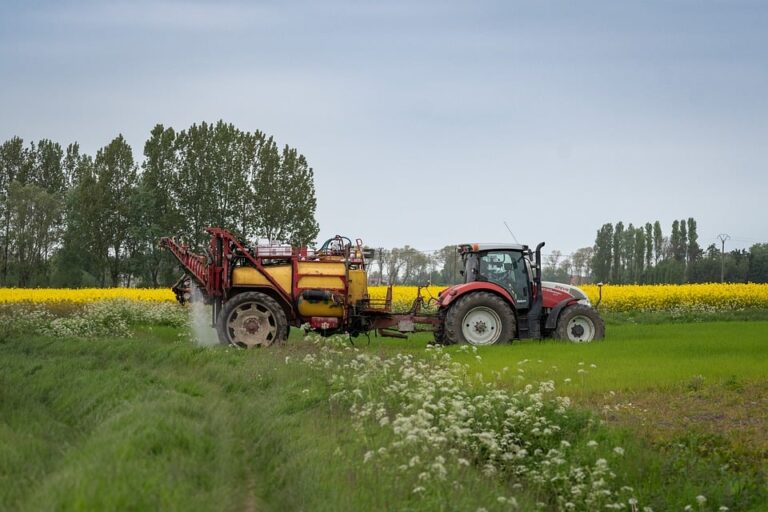The Legacy of Serfdom in Russia
For centuries, serfdom was a prevalent institution in Russia that shaped the country’s agricultural traditions and social structure. Serfdom, a form of feudal bondage in which peasants were tied to their landlords’ land and subjected to their control, was a common practice in Russia from the 16th century until its abolition in 1861. The legacy of serfdom had a profound impact on Russian society, economy, and culture, influencing agricultural practices and land ownership patterns for generations to come.
Historical Background
The origins of serfdom in Russia can be traced back to the Middle Ages when peasants were bound to the land and obligated to provide labor and produce for their feudal lords. However, it was not until the reign of Ivan the Terrible in the 16th century that serfdom became widespread and entrenched in Russian society. Under Ivan’s rule, the state expanded its control over the peasant population, effectively turning them into serfs who were tied to the land and subject to the authority of their landlords.
By the 17th century, serfdom had become the predominant form of labor exploitation in Russia, with the majority of peasants living and working on the vast estates of the nobility. Serfs were considered the property of their landlords and had few rights or freedoms, being bound to the land and obligated to perform labor for their masters. This system of bondage and exploitation persisted for centuries, shaping the agricultural traditions and social structure of Russian society.
Impact on Agricultural Practices
The legacy of serfdom had a profound impact on Russian agriculture, influencing the development of large-scale estate farming and the exploitation of peasant labor. Under the serf system, the majority of agricultural production in Russia was carried out on large estates owned by the nobility, with serfs being the primary source of labor. Serfs were required to work the land and provide produce for their landlords, often under harsh and oppressive conditions.
As a result of serfdom, Russian agriculture became heavily dependent on forced labor and outdated farming techniques, hindering technological innovation and productivity. The system of bondage and exploitation also created widespread poverty and inequality among the peasant population, leading to frequent famines and social unrest. Despite these challenges, serfdom persisted in Russia for centuries, shaping the country’s agricultural traditions and land ownership patterns.
Land Ownership Patterns
One of the lasting legacies of serfdom in Russia was the concentration of land ownership in the hands of the nobility. As the ruling class, the nobility held vast estates and controlled the majority of the arable land in the country. Serfs were tied to these estates and obligated to provide labor and produce for their landlords, further entrenching the system of feudal bondage and exploitation.
Even after the abolition of serfdom in 1861, the legacy of land ownership patterns persisted in Russia, with the nobility retaining significant influence over agricultural production and rural communities. The uneven distribution of land and wealth created social divisions and economic disparities that continued to shape Russian society in the post-serfdom era.
Cultural Impact
The legacy of serfdom also had a profound impact on Russian culture, influencing attitudes towards work, land ownership, and social hierarchy. The system of bondage and exploitation created a rigid social structure in which peasants were subservient to their landlords and had little autonomy or freedom. This hierarchical relationship between the ruling class and the peasant population became deeply ingrained in Russian society, shaping cultural norms and values for generations to come.
While serfdom was officially abolished in 1861, its legacy continued to shape Russian agricultural traditions and social structure well into the 20th century. The system of feudal bondage and exploitation created enduring inequalities and divisions within Russian society, influencing land ownership patterns, agricultural practices, and cultural attitudes towards work and hierarchy.
Conclusion
The legacy of serfdom in Russia had a profound impact on the country’s agricultural traditions, land ownership patterns, and social structure. For centuries, the system of bondage and exploitation shaped Russian society, economy, and culture, influencing agricultural practices and labor relations. While serfdom officially ended in 1861, its legacy continued to shape Russian society well into the 20th century, leaving a lasting imprint on the country’s agricultural traditions and social hierarchy.
Today, the remnants of serfdom can still be seen in the uneven distribution of land and wealth in Russia, as well as in the cultural attitudes towards work, land ownership, and social hierarchy. The legacy of serfdom serves as a reminder of the enduring impact of historical institutions on modern society, highlighting the importance of understanding and addressing the legacies of the past in shaping the present and future.





